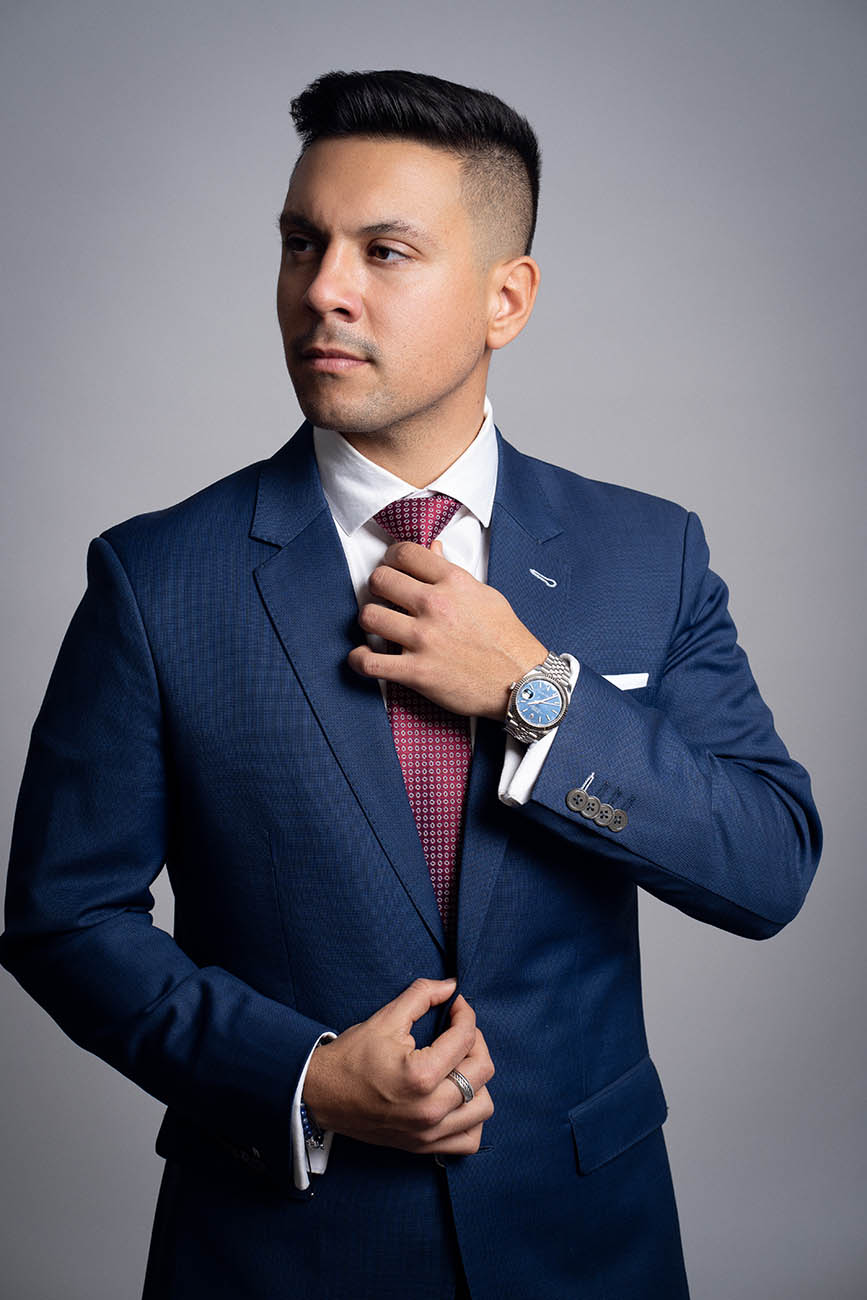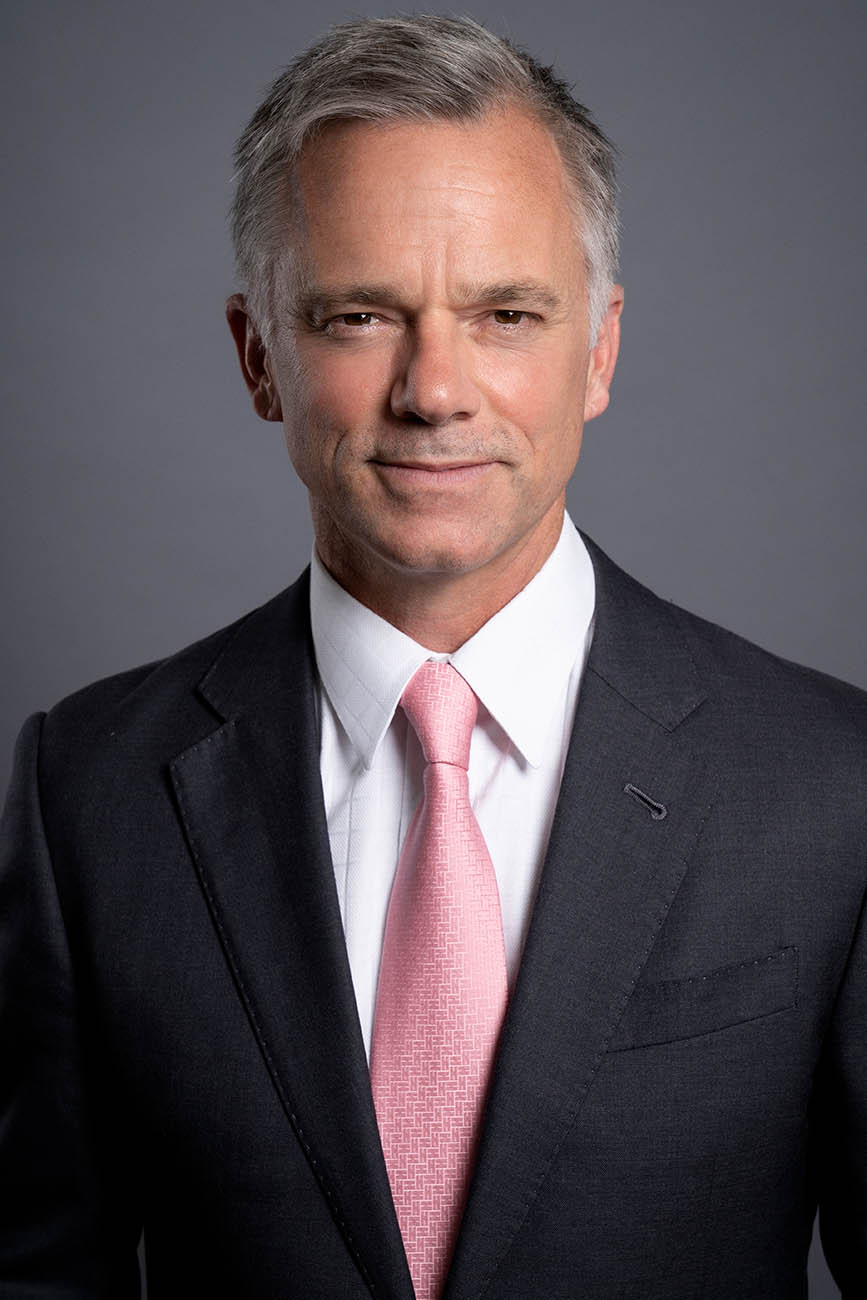Lighting Techniques for Team Headshots
Lighting is pivotal in photography, especially regarding team headshots, where proper positioning can make or break the portrait. Achieving the best lighting for headshots involves striking a delicate balance between art and science to capture the subject’s essence and personality compellingly.
This article delves into the intricacies of light placement for portrait photography, shedding light on its properties and creative techniques. By profoundly understanding these aspects, photographers can craft team headshots that narrate captivating stories.
Within this comprehensive guide, you will uncover the secrets to mastering headshot lighting. It covers everything from comprehending light sources to harnessing techniques and modifiers that elevate the quality of your portraits. Whether you are a seasoned photographer or embarking on your photography journey, this resource will provide invaluable insights to create exceptional, personality-infused team headshots!
Role of Light in Team Headshots and the Importance of Compelling Headshots
Team headshot lighting serves as more than just an illuminating factor; it assumes the role of a sculptor, actively shaping the subject’s form and defining crucial aspects such as depth, texture, and mood. Moreover, facial expressions are unveiled under optimal lighting conditions, unique features are accentuated, and the eyes genuinely come alive. Consequently, light in the context of team headshots emerges as a powerful tool, skillfully interpreting and conveying the subject’s character, creating captivating portraits that leave a lasting impression.
Headshots hold immense significance. They convey credibility, professionalism, and personality and provide a visual introduction, leaving a lasting impression. These well-crafted headshots can make a substantial impact, whether for a professional portfolio, an actor’s casting call, or personal branding. Using proper team headshot lighting, these captivating photographs enhance their impact even further. With the proper lighting techniques, team headshots can genuinely shine, capturing the essence of each individual and showcasing their unique qualities. With each camera click, the artistry of team headshot lighting brings out the best in every subject, giving them a remarkable presence that demands attention. So, embrace the power of team headshots lighting and illuminate your brand, talent, or image with brilliance and allure.
Mastering Headshot Illumination

A. Basics
Properties of Illumination
- Understanding Color Temperature: Light sources emit varying colors measured in Kelvins (K). Familiarity with color temperature is crucial for achieving natural or stylized looks in your headshots.
- Exploring Directionality: The angle and direction of light on your subject can emphasize or soften their features. Different lighting directions, whether frontal, side, or backlighting, create shadows and highlights, adding depth to the portrait.
- Controlling Intensity: Modifying the brightness of the light source shapes the mood of your headshot. Bright lighting suggests openness and vitality, while softer illumination creates an aura of mystery and intimacy.
Sources
- Natural: The sun offers various conditions throughout the day, making it a versatile and ever-present illumination source.
- Continuous: Sources like studio lights or lamps offer continuous illumination, enabling photographers to see the real-time effects.
- Strobe: Flash or strobe lights provide powerful, adjustable illumination essential for precise headshot setups.
Incorporating this knowledge is crucial for creating compelling lighting for professional headshots. Tailoring a combination of sources, modifiers, and techniques to the subject’s features and the desired portrait mood is a nuanced process.
B. Techniques and Modifiers
Techniques and Modifiers:
- Directional Lighting and Patterns: Explore various techniques like butterfly, Rembrandt, loop, and split lighting.
- Shadows, Highlights, Diffusion, Reflectors: Use these elements effectively.
Using these techniques and modifiers in your lighting setup for team headshots allows for various creative possibilities. You can craft team headshots that capture the subject’s personality and emotion compellingly and professionally!
Adapting to Different Environments
A. Natural Light
- Quality: Opt for gentle, diffused lighting that enhances the subject’s features without creating harsh shadows or overexposure. Overcast days or shaded environments are excellent choices.
- Direction: Consider the direction of natural light. Early morning or late afternoon light offers a warm, angled illumination that imparts depth and dimension to your headshots.
- Intensity: Pay attention to the natural light’s intensity. Excessive brightness can lead to squinting and stark shadows, while insufficient light may result in grainy photos.
Subject Positioning, Diffusing Sunlight, Reflectors
- Positioning: Arrange your subject with their back to the sun for a gentle, balanced illumination on their face. For a more striking effect, use side illumination.
- Diffusing Sunlight: Employ a diffuser to produce even, flattering illumination that minimizes harsh shadows and hotspots.
- Reflectors: Use reflectors to redirect illumination onto the subject, filling in shadows, enhancing eyes, and creating an attractive catchlight.
So, now you can create a simple team headshot lighting setup that produces stunning results!
B. Studio Lighting
Essentials
- Leading Light: The principal source defining the subject’s shape and producing shadows, typically the brightest in the setup.
- Fill Light: Positioned opposite the main, this diminishes shadows and adds detail to the subject’s darker side.
- Backlight: Situated behind the subject, it provides separation from the background and introduces depth to the image.
- Background Light: Employed to brighten the backdrop, ensuring uniformity and helping the subject to stand out.
Studio lighting delivers the precision and control necessary to craft captivating team headshots that professionally and engagingly highlight the subject’s personality and features. With experimentation and practice, you will find the perfect studio lighting arrangement that aligns with your style and enhances the subject’s unique attributes.
Backgrounds
Choosing the Right Background

Selecting a background for a Team Headshot may seem inconsequential, but the significance should not be underestimated. The right background can enhance your radiance and make you stand out.
- Complementing the Subject: Select a background that complements the subject’s skin tone, clothing, and overall mood of the portrait. Use colors and tones that create contrast without being distracting.
- Creating Depth: Use textured or layered backgrounds to add depth and interest to the image. This can enhance the three-dimensional feel of the portrait.
- Reflecting the Purpose: Tailor the background to suit the purpose of the headshot. A professional headshot might benefit from a neutral background, while a creative portrait may use a more vibrant, expressive backdrop.
Lighting the Background
- Separating the Subject: Utilize a backlight or hair light to establish a halo around the subject, differentiating them from the backdrop and introducing depth to the photo.
- Background Illumination: Apply it uniformly to brighten the backdrop and avert unwanted shadows. Modify the intensity to attain the preferred outcome.
- Creating Mood: Adjust the hue and strength of the background illumination to establish mood and ambiance. Use gels to introduce color and modify the tone.
- Avoiding Spill: Employ flags or barn doors with your lights to direct it, preventing spill onto the subject or other areas of the scene.
Selecting and lighting backgrounds are integral components of crafting team headshots. A well-chosen and adequately lit background can enhance the subject, create depth, and set the mood for the portrait.
Post-Production
For professional headshots, follow these steps:
1. Balance Exposure: Adjust levels for a well-lit face with visible details.
2. Enhance Features: Use retouching tools for sharper eyes, smoother skin, and defined facial contours.
3. Color Grading: Apply techniques to set the desired tone and mood.
Have Your Perfect Team Headshots With Us Today!
Regarding team headshots, mastering the art of striking a balance between artistry and a scientific approach is vital. One crucial aspect is the selection of the proper lighting for team headshots, as it not only shapes the subject’s face but also adds depth and sets the desired mood. By comprehending the properties of light and implementing creative techniques, you can effortlessly create captivating and personality-driven professional headshots. Remember that team headshot lighting is vital in making a favorable first impression.
Looking for the best studio for your needs? Look no further than Zen Studios LA! Contact us today for more information, and let us help you make the right choice. Call us at (310) 684-3596

